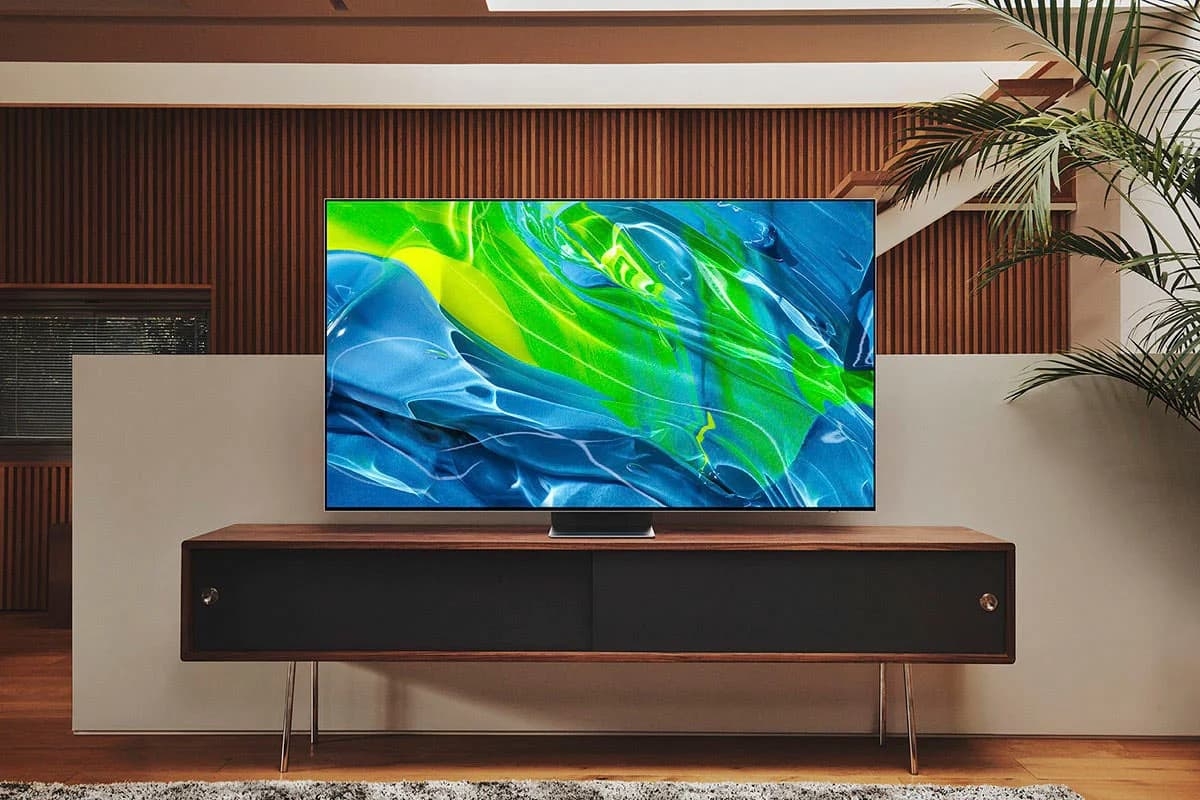
Last fall, a survey commissioned by Samsung revealed that a little less than half of Estonians mainly use a TV with LED technology at home. At the same time, the use of higher-quality OLED TVs is rapidly increasing. What distinguishes TV technologies and what should be considered when choosing a new TV?
Alari Pennar, a product trainer in the field of home appliances at Samsung Estonia, noted that while half (51%) of the people in the Baltic countries had an LED TV at home on average, Estonians are switching to higher-quality technologies such as OLED a little faster than their neighbors. “43 percent of people in Estonia stated that they have an LED TV at home. A little over 12 percent of Estonians have OLED. There were only five percent owners of OLED devices in Latvia and 10 percent in Lithuania,” said Pennar.
He explained that people are probably transitioning to new technologies rather slowly, as the awareness of them has not yet reached many. “If on average three quarters of people in the Baltic countries have heard of LED technology, awareness of OLED technology is around 27 percent. In Estonia, it is somewhat higher, i.e. 31 percent,” said Pennar.
So how to distinguish between different TV technologies and what to prefer? First, a small overview of the history and sequence of technologies: besides kinescope TVs, plasma TVs appeared (they are also no longer produced by anyone). Then LCD (liquid crystal display) appeared, which is already considerably better than plasma, but still has many shortcomings. Then LCD/LED (most TVs today) was developed. Samsung has also created TVs with QLED technology, which are similar to LCD TVs, but with much higher quality and more accurate technology. The last major development is OLED technology.
What is the difference between LED and OLED technologies? OLED is usually better quality. In the case of an LCD TV, the screen is illuminated from behind the screen, that is, the light shines through the crystals of the screen to create the image. With OLED technology, each pixel on the screen switches and adjusts itself (in the case of an OLED 4K TV, there are a total of 8,847,360 pixels). As a result, the image is much more detailed and of a higher quality, and it comes out especially well in blacks and other dark colors.
“At the moment, LCD TVs are still cheaper than OLED technology, but OLED TVs are also rapidly becoming more affordable,” said Samsung product trainer Alari Pennar. He added that with both technologies the TVs are already very thin, but with OLED it is possible to make the TVs even thinner. Some OLED models are already as thick as a couple of bank cards, or thinner than one centimeter.
On behalf of Samsung, the media company Starcom conducted a survey of TV users in July 2022. A total of 900 people participated in the survey.